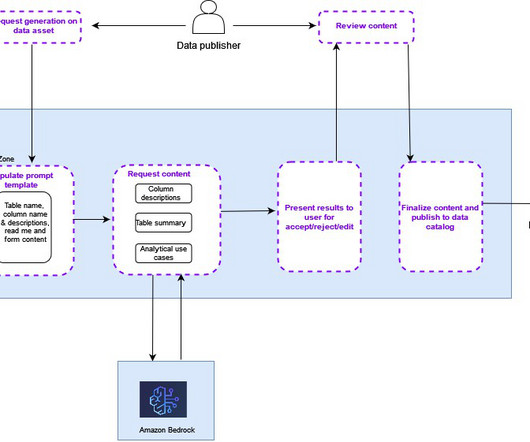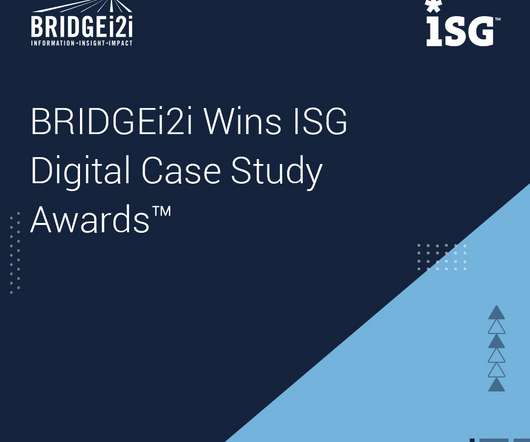MLOps and DevOps: Why Data Makes It Different
O'Reilly on Data
OCTOBER 19, 2021
We need robust versioning for data, models, code, and preferably even the internal state of applications—think Git on steroids to answer inevitable questions: What changed? The applications must be integrated to the surrounding business systems so ideas can be tested and validated in the real world in a controlled manner.






















Let's personalize your content